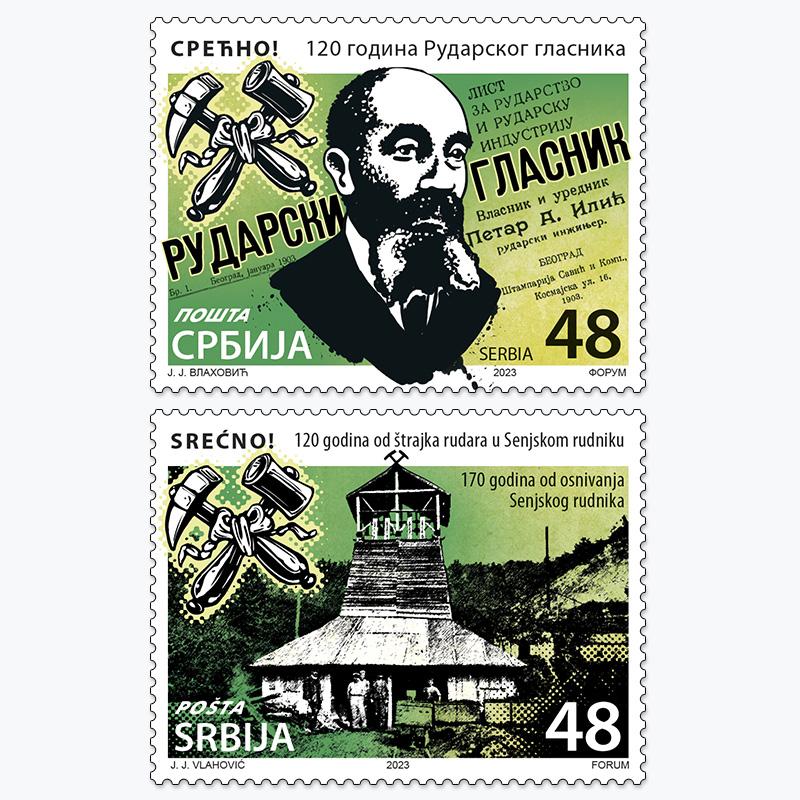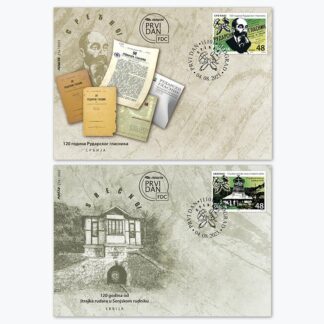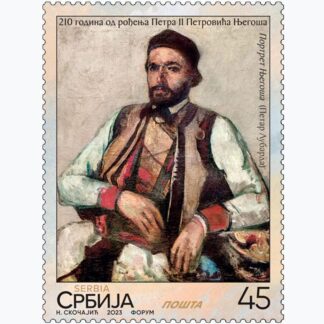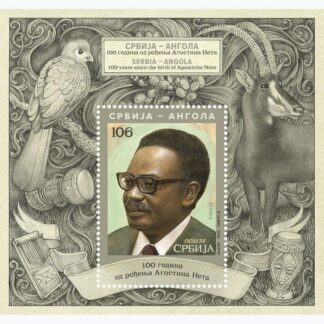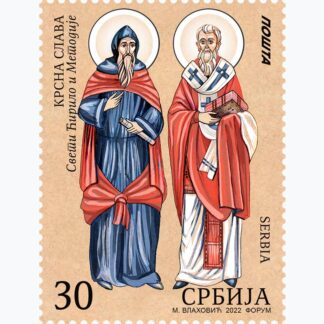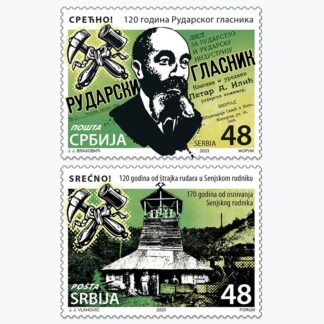Description
120 years of the Bulletin of Mines
The first issue of one of the oldest scientific magazines for mining, the Bulletin of Mines, appeared at the beginning of 1903. The owner and editor was Petar Ilić (Oreovica near Požarevac, 1863 – Belgrade, 1941), professor of mathematics and mining engineer.
Discussions about mines and mining geology, the development and state of mining in Serbia, the opening of mines and investments in mining, mining terminology, staff training, scientific and technical and technological achievements, mining in neighbouring countries and in the world, mining legislation and mining and geology in general, Petar Ilić left a written treasury that preserves from oblivion important information about Serbian mining at the turn of the 19th and 20th centuries. After retiring, Ilić was unable to continue financing the magazine, and in 1910, after 78 issues with a total of 2,548 pages published, the Bulletin of Mines ceased publication. After the founding of the Mining Institute in Belgrade in 1960, the re-publication of the magazine was initiated. The renewed Bulletin of Mines was published in 1962 and quickly became one of the most respected scientific magazines for mining. It was published regularly until 1999, when due to material and other reasons, printing was stopped. Under the auspices of the Mining Institute and in a new guise, the Bulletin of Mines continues its mission in 2013, in Serbian and English. Since its birthday in 1903 to its jubilee year in 2023, the Bulletin of Mines published 246 issues on 18,825 pages. With scientific and professional information, keeping facts about the great rise and achievements of the Serbian mining and geological economy, science, engineering and education during the 20th century, the Bulletin of Mines continues to fulfil the original goals and mission of the magazine.
Stamp motif: a portrait of Petar Ilić, the founder of the magazine.
Envelope motif: front pages of the Bulletin of Mines.
120 years since the miners’ strike in the Senj mine
The industrial revolution and the application of steam engines brought coal to the fore as an energy source in industry. In Serbia, the construction of the Smelting plant in Kragujevac, which had to be supplied with high-quality, high-calorie fuel, led to the opening of the Senj brown coal mine in 1853, based on the decision of the Mining Department of the Ministry of Finance of the Principality of Serbia.
After the preparatory works, the first 26,320 eyes, or 33.7 tons of coal, were unearthed in the outcrop of the coal seam, and shipped to the Smelting plant on May 12, 1854 in 98 Kiridžija wagons. With the commissioning of the Belgrade – Niš railway in 1884, the need for brown coal increased considerably, so in order to facilitate the delivery of coal, a narrow-gauge railway Senj mine – Ćuprija was built in 1892. Due to its strategic importance, the Senj mine, except for one short period (1869–1874), was always owned by the state.
Coal mining was based on manual work, the miners had no protective equipment, they used their clothes – fur/leather coats (gunjs), fur hats (šubaras), leather footwear, etc. On St. Procopius Day in 1893, one of the biggest accidents in the mines of Serbia occurred, when the entire shift remained underground. Since then, July 21 has been marked as a day of remembrance for fallen comrades.
On August 6, 1903, on the fiftieth anniversary of the mine, the first organized miners’ strike took place in the Senj mine, and the reason was the dismissal of three comrades. After nine days of strike, the miners won the return of their comrades to work, but also shorter working hours and free lamp oil. In honour of this event, August 6 was declared the Day of Serbian Miners in 1955, and it has been solemnly celebrated ever since.
Stamp motif: Senj mine, an export shaft from the time of the miners’ strike in 1903.
Envelope motif: the symbol of the Senj Mine – Undermining Aleksandar from 1853 when the mine was opened.
Expert collaboration: Mining Institute Belgrade, academician prof. Slobodan Vujić, PhD
Artistic realization of the issue: MA Jakša Vlahović, academic graphic artist
